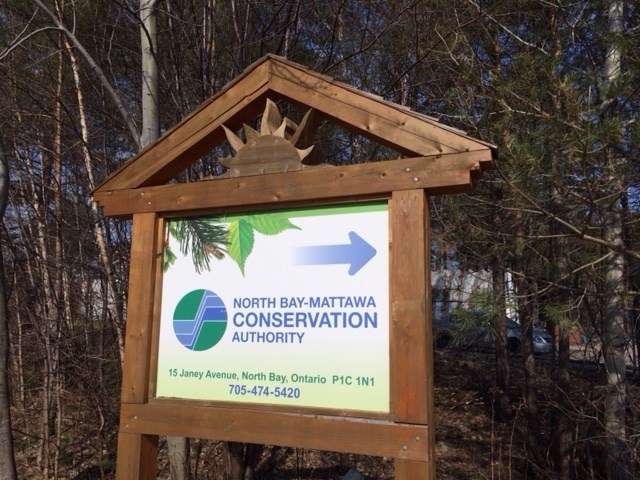(September 14, 2016 – North Bay, ON) Chair of the North Bay-Mattawa Drinking Water Source Protection Committee (SPC) Jeff Celentano, has been reappointed for a three-year term by the Ontario Minister of the Environment and Climate Change (MOECC).
First appointed in August 2014, Celentano chairs the local nine-member SPC, in place since 2007, which has overseen the identification of potential risks to water quality of the municipal drinking water sources in Callander, Mattawa, North Bay, Powassan and South River as well as the creation of a Source Protection Plan (SP Plan) to address these identified risks.
“In the past year, staff has been assisting municipalities with the implementation of SP Plan policies. We’ve seen positive changes to municipal bylaws and Official Plans that respect the protection of drinking water sources,” said Celentano.
“After planting more than 1.8km of the Callander-Wasi watershed shoreline in 2015 with close to 6,000 trees, shrubs and perennials, another 778 plants on 157 meters have been planted this year as part of the Restore Your Shore program to minimize erosion, run-off and the addition of algae-growing phosphorus,” he added. “Roadway signs now mark the vulnerable areas surrounding drinking water sources to remind people that certain activities within these areas could impact the drinking water. It’s essential they report any spills quickly. First responders know these areas are particularly vulnerable.”
As part of its ongoing work, SPC has directed staff to review the vulnerability analysis of North Bay’s drinking water source, Trout Lake. In light of Energy East’s proposal to transport crude oil through the current natural gas pipeline that crosses Trout Lake, the SPC felt it was diligent to conduct the review and confer with the Ministry of the Environment and Climate Change on the assessment of the potential threat.
SPC is also working with the five municipalities in the Callander-Wasi watershed to develop a plan for dealing with phosphorus, including ongoing research and monitoring by the North Bay-Mattawa Conservation Authority in partnership with Nipissing University.
Phosphorus is a contributing factor to the growth of cyanobacteria (blue-green algae) which produces microcystin, a toxin that has been identified as a significant threat to the municipal drinking water in Callander.
The source protection program is legislated under the Clean Water Act, passed by the Ontario legislature in 2006 to assist communities with protecting their municipal drinking water supplies at the source. There are 38 source protection areas in Ontario and Conservation authorities were given the responsibility of overseeing the administration and management of the source protection program in 36 of those areas throughout the province.



